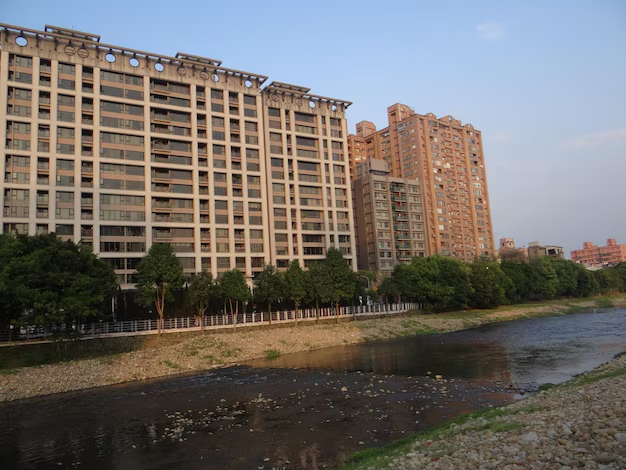Discover Affordable Housing Opportunities in Queens
Finding affordable housing in Queens can be a significant challenge, especially for low-income families. With rising rents and limited availability, it's crucial to know where to look and how to navigate the complex web of resources available to those in need. Here’s how you can find low-income housing and additional support in Queens.
Navigating Low-Income Housing Options
Queens is a diverse borough offering a range of housing options, but securing a budget-friendly place requires strategic planning. Consider these steps and resources:
- Research Government-Funded Housing: New York City operates several programs that can assist low-income residents. The New York City Housing Authority (NYCHA) provides subsidized public housing and administers the Section 8 Housing Choice Voucher Program, which offers rental assistance.
- Apply for Affordable Housing Lotteries: NYC Housing Connect is a platform where you can apply for affordable housing lotteries. These lotteries provide a fair chance to secure housing based on income eligibility.
- Community Development Corporations: These organizations often manage and develop affordable housing projects. Explore local groups like the Queens Community House that offer affordable housing resources and other public assistance initiatives.
Financial Assistance for Low-Income Residents
While securing affordable housing is critical, exploring financial assistance programs can bolster support. Here are a few targeted options:
- Supplemental Security Income (SSI): Provides financial assistance to low-income individuals who are older than 65 or have a disability.
- Temporary Assistance for Needy Families (TANF): Offers short-term financial aid to families in crisis to help cover essential needs.
- Local Nonprofits and Charities: Organizations like Catholic Charities provide both financial assistance and crisis management resources to those in need.
Beyond Housing: Additional Support Resources
Housing is just one piece of the puzzle. Access to education, debt management, and smart financial choices can provide a comprehensive stability plan.
Educational Opportunities:
- FAFSA and Pell Grants: For those seeking higher education, applying for FAFSA is a vital step to access federal educational grants like the Pell Grant.
- Queens College and Community Programs: Some local institutions offer continuing education programs or certifications designed to improve job prospects and income potential.
Debt and Credit Solutions:
- Credit Counseling Services: Before debts spiral, connect with a non-profit credit counseling organization that can offer customized advice and create a debt management plan.
- Debt Relief Programs: Options like debt consolidation or settlement programs can reduce the burden of high-interest debt, freeing up resources for other necessities.
Budgeting and Financial Planning:
- Community Workshops: Participate in financial literacy workshops offered by local community centers. These can provide you with the skills needed to manage finances more effectively.
- Credit Tools: Consider using tools that help to build credit, such as secured credit cards, which are perfect for those aiming to create or rebuild their credit history.
By strategically leveraging the resources available, residents of Queens can navigate the complexities of affordable housing and bolster their financial stability. These programs and tools are designed to provide a pathway to more secure and prosperous living conditions.
Key Programs and Opportunities to Explore
- 🏠 NYCHA and Section 8: Apply for subsidized housing and rental assistance
- 🎟️ NYC Housing Connect: Affordable housing lotteries for income-eligible individuals
- 💵 Temporary Assistance for Needy Families (TANF): Short-term financial support
- 📚 Pell Grants and FAFSA: Access educational funding for better career prospects
- 📈 Credit Counseling Services: Get expert advice on managing and consolidating debt
- 🏦 Secured Credit Cards: A strategic tool to build or rebuild credit
By exploring these options, residents can achieve greater financial security and access stable housing despite the high cost of living in Queens.
